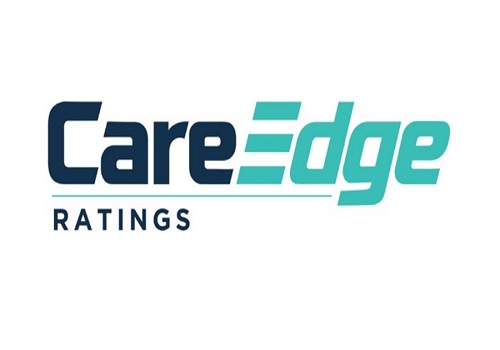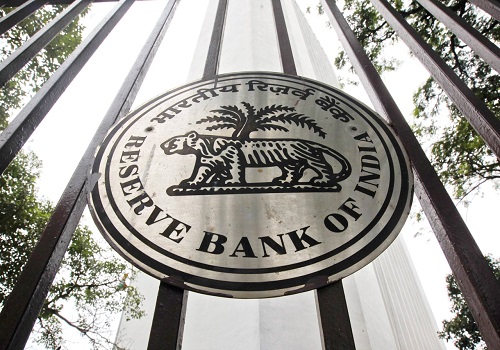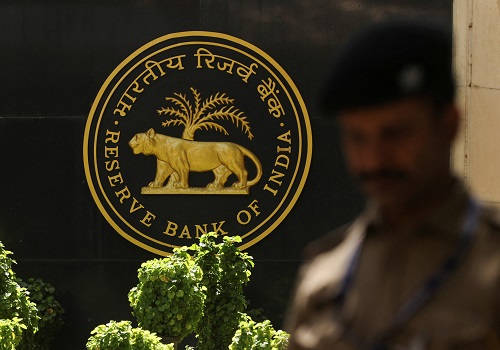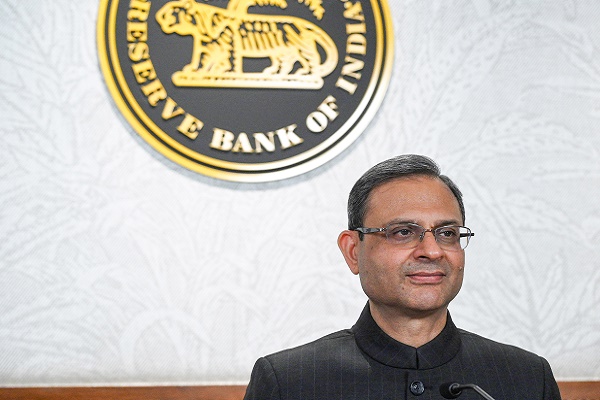RBI Tweaks Interest Rate Norms to Benefit Borrowers by CareEdge Ratings

Synopsis
* The RBI has introduced regulatory changes that improve how interest rates on loans are adjusted. These changes will lead to faster transmission of rate cuts from the RBI to borrowers, resulting in lower EMIs and reduced interest payments. This eases financial pressure and improves access to credit. Borrowers should stay informed about repo rate decisions, as future changes will affect their loan costs more quickly. However, since banks may implement these changes differently, borrowers should consult their lenders about revisions to the spread and fixed-rate options.
Overview
* As per the Reserve Bank of India (Interest Rate on Advances) Directions, 2016 dated March 03, 2016, scheduled commercial banks (SCBs) must benchmark all floating rate personal or retail loans (housing, auto, etc.), and floating rate loans extended to MSMEs, to an external benchmark. Meanwhile, banks can individually decide the spread over the external benchmark; all components of the spread, other than the credit risk premium, can be altered only once every three years.
* As per the Circular on Reset of Floating Interest Rate on EMI-based Personal Loans dated August 18, 2023, in respect of Equated Monthly Instalments (EMI) based Personal Loans, regulated entities are to provide a mandatory option to the borrowers, at the time of reset of interest rates, to switch over to a fixed rate.
With effect from October 01, 2025, the RBI has revised the above provisions to benefit borrowers, while providing greater flexibility to lenders.
* Banks may reduce the other spread components for the benefit of the borrower earlier than three years
* Banks may, at their discretion, provide the option to switch over to a fixed rate at the time of reset.
CareEdge Ratings View
According to Sanjay Agarwal, Senior Director, CareEdge Ratings, “The RBI has announced a series of regulatory changes, among which some significantly alter the framework that governs how interest rates on loans are determined and adjusted. These changes are expected to enhance the efficiency of monetary policy transmission, meaning that when the RBI reduces its benchmark interest rates, banks and financial institutions can pass on these benefits to borrowers more quickly. As a result, borrowers could experience lower EMIs or reduced overall interest payments on their loans. This would not only ease the financial burden on individuals and businesses but also make credit more accessible across sectors. By adjusting lending rates in response to policy rate changes, the RBI aims to stimulate economic activity, encourage borrowing, and foster growth. Meanwhile, borrowers will need to closely monitor repo rate decisions, as future RBI rate actions will now impact EMIs more quickly. Additionally, while RBI has allowed flexibility, individual banks may implement these changes differently. Borrowers should check with their lenders about spread revisions and fixed-rate options.”
Above views are of the author and not of the website kindly read disclaimer






















